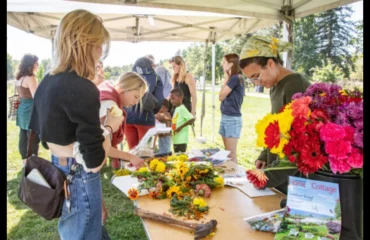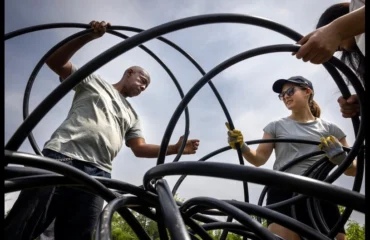Northern Woods Summer
http://www.youtube.com/watch?feature=player_embedded&v=OuSyQvWcN8M
Hands-on learning is growing at U-M but it is not a new concept for the university.
At a location some four hours from Ann Arbor, students have been engaged in coursework and field research for more than 100 years at the University of Michigan Biological Station (UMBS).
UMBS is a facility on more than 10,000 acres of forest, wetlands and lakeshore in Pellston, Mich., located at the northern tip of the Lower Peninsula.
Students have opportunity to take 14 courses in subjects such as forest ecosystems, aquatic ecology, environmental writing and great lakes literature, and ethnobotany.
The curriculum is interdisciplinary and immersive, as students from across schools and departments work together to collect and study specimens, interpret data, and discuss solutions to some of the greatest problems facing the scientific community.
The overall focus of the work is environmental sustainability, but students don’t just grapple with current issues of endangered and threatened species, water and air quality, invasive species and climate change. They also look back at how people have interacted with the environment throughout history.
For example, in a new enthnobotany course, students learn to identify 100 plant species and their Native American uses. See a slide show produced by LSA magazine on this course: here.
This storied outdoor campus, affectionately called “bug camp” by many, has provided students and researchers alike an opportunity to make new discoveries daily, in a picturesque environment, where collaboration is key.


